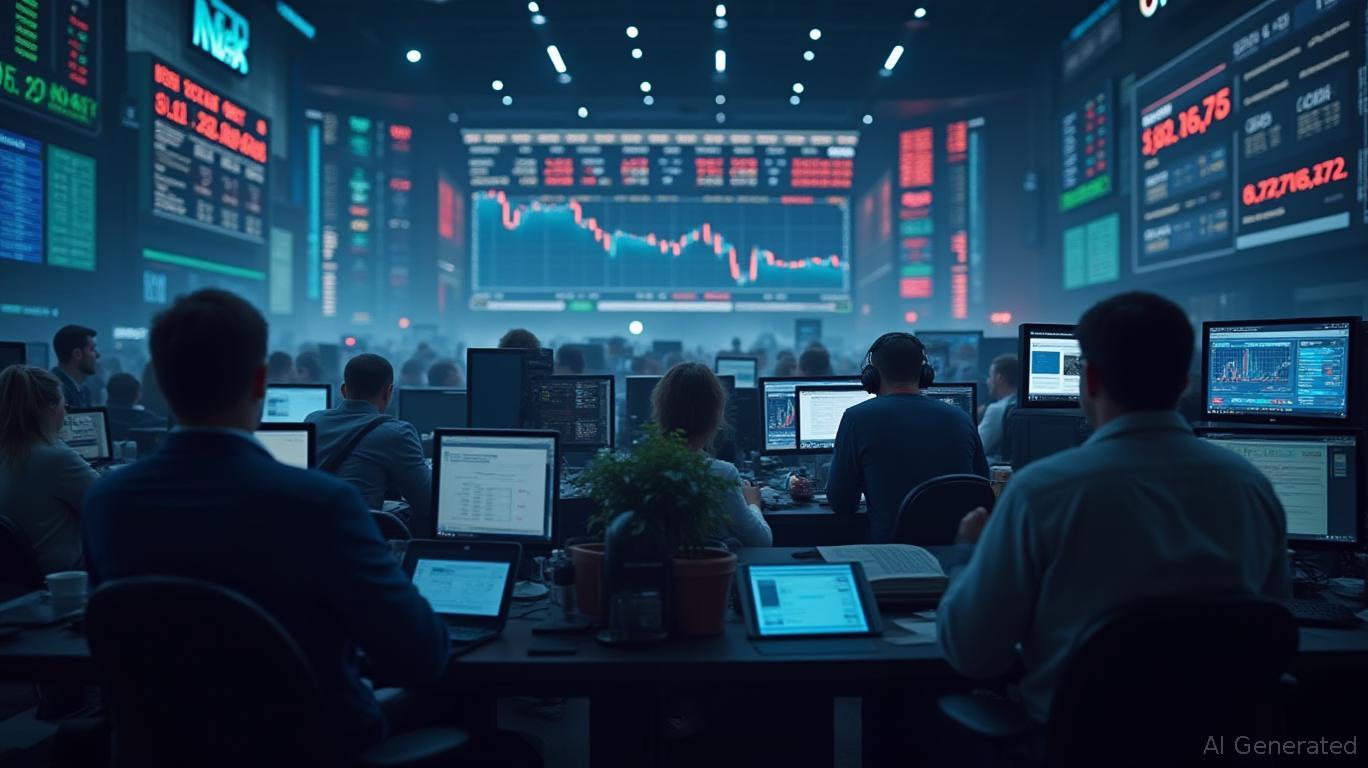Retail Investors Inject $137 Billion into Technology and ETFs Despite Cautions Over Market Fluctuations

According to Nasdaq, individual investors poured an unprecedented $137.6 billion into U.S. stocks and exchange-traded funds during the first half of 2025. This set a new record for half-year inflows since 2014 and outpaced the $152.8 billion influx that occurred during the meme-stock boom of 2021. Average daily inflows were $1.3 billion—up 21.6% compared to 2024—as retail portfolios advanced 6.2%, closely matching the S&P 500’s 6.1% growth.
Most of this buying focused on volatile technology names and broad-market ETFs.
Retail activity increased even as the broader economy faced challenges such as tariffs from the Trump era and instability in the Middle East. Although the S&P 500 dropped by 26% early in the year, retail-focused ETFs like VOO and SPDR Portfolio S&P 500 (SPLG) saw consistent positive inflows each month. In contrast, ETFs favored by institutions experienced net outflows. Vanda Research attributed this steady demand to "buying the dip," as investors took advantage of market swings to acquire assets at lower prices.
This rapid rise in retail participation has sparked concerns about whether the rally can last. Morgan Stanley cautioned that complacency might be hiding risks, including a softening job market, inconsistent earnings reports, and inflationary pressures driven by tariffs. Simultaneously, JPMorgan pointed to possible foreign investment returning, forecasting an additional $50–100 billion could flow into the market if the U.S. dollar stabilizes. Nevertheless, analysts warned that the scale of retail buying could heighten volatility, particularly in stocks with higher risk profiles.
Looking forward, individual investors may start to take a more cautious approach. In June 2025, gold ETFs such as SPDR Gold Shares (GLD) experienced a resurgence, recording inflows for five consecutive weeks. Investors also flocked to ultra-short bond ETFs, which accounted for 80% of treasury bond ETF inflows, as many sought to avoid interest rate risk. Although JPMorgan believes the market rally could extend into 2026, it stressed the importance of disciplined risk management given ongoing geopolitical tensions and potential changes in Federal Reserve policy.